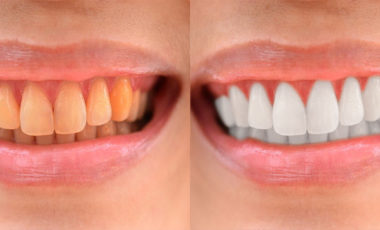9 things to know about a prime lens
admin
August 12,2017

It is true that the convenience and flexibility of the zoom lens are noticeable. However, the complex lens anatomy and its zoom system are big disadvantages. Imagine that the light has to go through many lens layers which move when the zoom system is active. As a result, the sharpness is the first affected factor. The second obstacle is that with the change of zoom lens system, the open of aperture depends on the focal length.
To minimize these weaknesses, manufacturers try to make the single-aperture zoom tubes for the whole focal length without changing the price. For example, the Sigma 18-35mm f / 1.8 is a breakthrough technology that many photographers have waited.
With a prime lens, you can minimize image distortion, enhance detail, enlarge aperture. Especially, a large aperture will help speed up the shutter speed of the camera. For example, the 18-55mm zoom tube has a wide-angle aperture of f / 4 and f / 5.6 at a focal length of about 50mm. But in prime 50mm f / 1.4, Camera shutter speed faster than 4 times (such as 1 / 15s – 1 / 30s – 1 / 60s – 1 / 125s – 1 / 250s).

For example, in weak-light conditions, at the same ISO, with a zoom lens you will have to use a shutter speed of 1 / 15s, but with an f / 1.4 lens will allow shutter speeds of 1 / 250s. If the lens has an aperture of f / 1.8 that is 3.3 stops faster than an f / 5.6 lens, or f / 2.8, it is twice as fast as an f / 5.6 lens.
The “faster” factor will help to avoid camera shake and give better sharpness in weak-light conditions. The highlight of the image still stands out and messy background will disappear.

The focus of the prime lens depends on the subject. In comparison with a 35mm film camera, the 50mm prime lens is considered the standard. The 50mm tube is considered to be nearly equivalent to the view angle of the human eye.

We will share some advice if you are going to buy one :
- Many old prime lenses do not autofocus when attached to a digital camera. Similarly, some digital lens is not compatible with the autofocus system. You must try before deciding to buy.
- As many people’s experience, the new prime lenses have very fast AF system, but in fact, the Nikon G lens f / 1.4G or f / 1.8G is slow. Of course, it’s still faster than the zoom tubes.
- The bigger the aperture, the better! f / 1.4 or f / 1.8. It will allows for higher shutter speeds and better image depth control than f / 2.8.
- In the shiny condition, you should invest ND filters, so you still can control the depth of field.
- There is no AF-MF switch, so you can still rotate the focus manually at all times.
- When using the prime tube, approaching the subject has to be flexible. People still call it foot zoom.
- At a large aperture f / 1.4, the thin DOF is something you need to keep in mind to get sharpness.
- The 50mm lens attached to the sensor body APS-C (crop x1.5) the corresponding focus at about 75mm suitable for portraits. Aperture f / 1.4 or f / 1.8 allows clear background, it is effective than 18-55mm zoom lens.
- Determine the need, learn carefully about the prime tube before making up your mind.














Leave a Reply